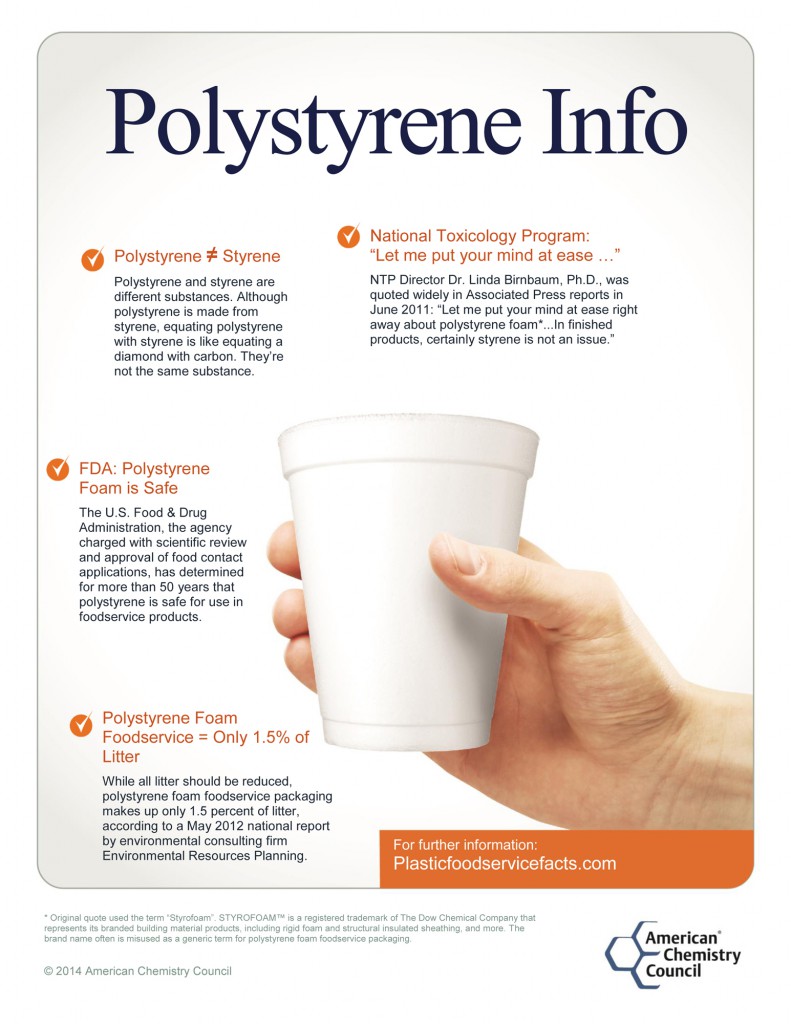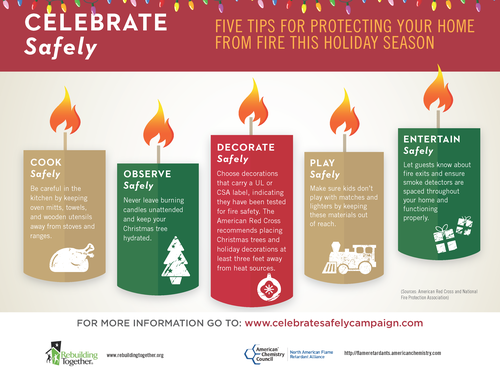It’s that time of year again when stores slash prices on many popular gadgets, gizmos and toys, bringing droves of families to retail stores for some early holiday shopping. It’s also that time of year when activists try to convince you that many of the products swept off the store shelves are bad for you […]
FDA releases new science supporting BPA safety
FDA Science on BPA The U.S. Food and Drug Administration (FDA) has released extensive new documentation that further supports and substantiates the agency’s assessment that BPA is safe. The FDA is the government agency whose scientists are in charge of assessing the safety of BPA in food contact materials such as polycarbonate plastic and epoxy […]
Evaluating the evidence: an expert view on improving one of EPA’s key chemical assessment programs
A collective effort has been underway the past few years to encourage the Environmental Protection Agency (EPA) to deliver more timely and credible chemical assessments under its Integrated Risk Information System (IRIS), a program that continues to face scrutiny from regulators, scientists, and industry. A recent report from the National Research Council (NRC) acknowledged that […]

The three T’s of plastics food packaging: Tested. Tried. Trusted.
The reason we trust plastic to safely package and deliver our food is simple: it works. Every day, plastic food packaging delivers real benefits to millions of consumers throughout the world. In fact, it’s widely known that plastic packaging protects food to help keep people safe and healthy. Plastics used in food packaging have long […]

NAFRA and Rebuilding Together partner on “Celebrate Safely” campaign to increase holiday fire safety
Home fires unfortunately jump each winter holiday season. The numbers are stark: approximately 150,000 fires occur this time of year, claiming 630 lives and $936 million in property damage. Home candle fires occur most frequently on Christmas Eve, Christmas Day, and New Year’s Day. In response to the increase number of fires during the holidays, […]
- On the road with #ACCaugust - 2015
- Chemicals in food: Top chemical food myths debunked…naturally! [video]
- Nanotechnology could be the next big thing in medical care
- Fueling Export Growth (Part 2 of 2): Why the expected surge in U.S. chemicals exports will depend on our country’s ability to deliver on its ambitious trade agenda
- Fueling Export Growth (Part 1 of 2): U.S. chemical exports linked to natural gas could double by 2030; plastics products leading the surge
- Proposed marine debris legislation helps fortify industry’s ongoing work March 31, 2017
- ‘BPA-free’ meets ‘fake news’ March 29, 2017
- Working together to improve EPA’s proposed rules for chemical prioritization and risk evaluation under the Lautenberg Act March 23, 2017




